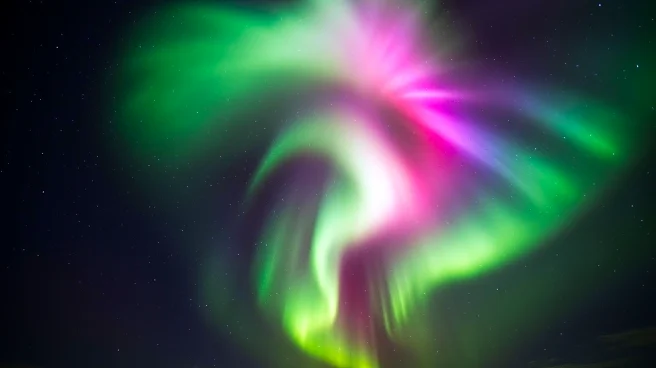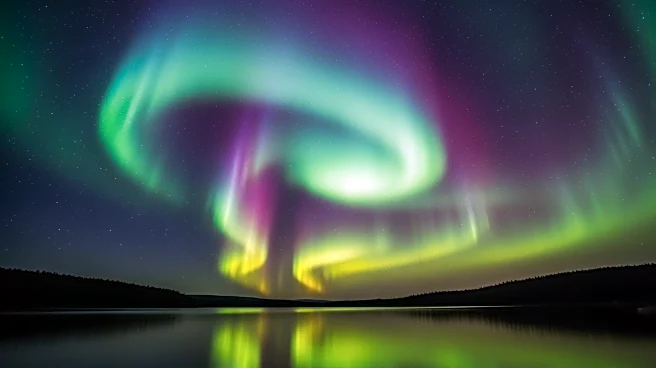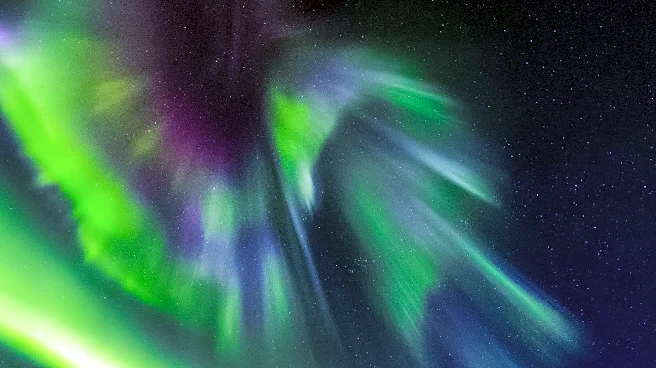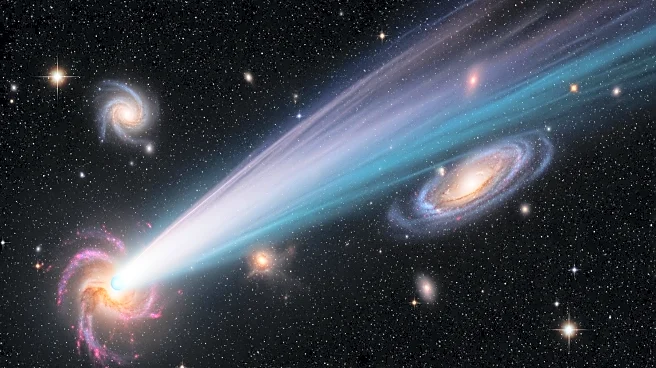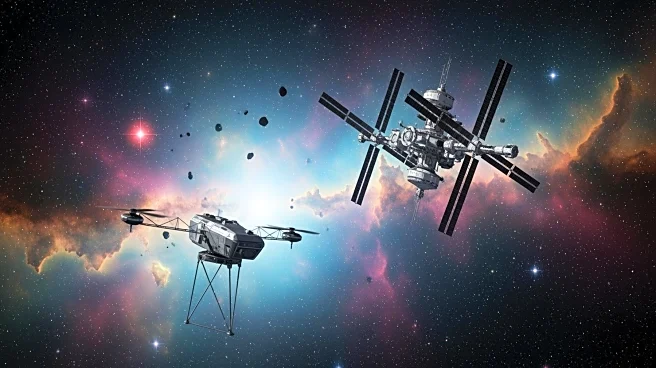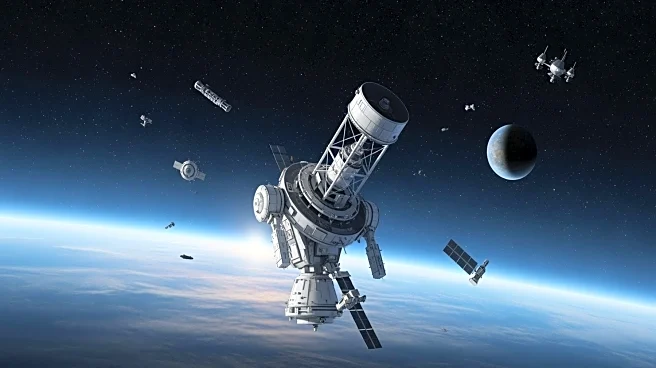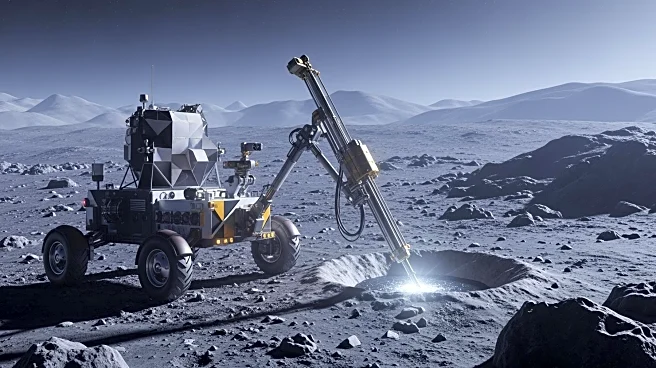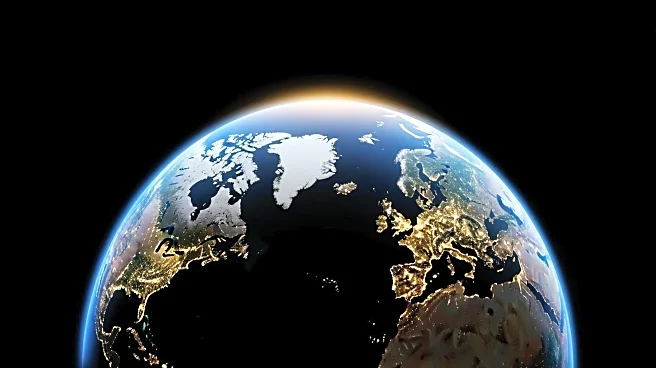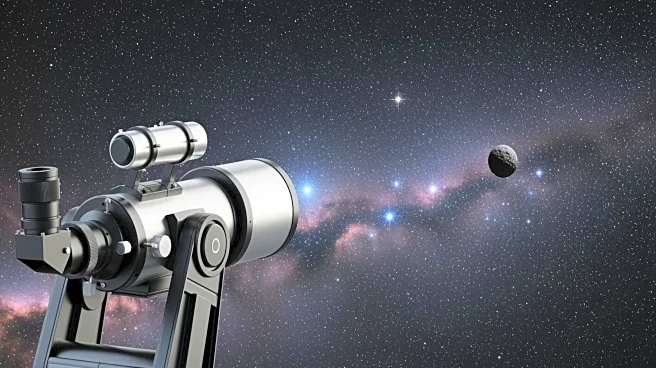What's Happening?
NASA has announced that the aurora borealis, commonly known as the Northern Lights, is expected to be particularly impressive this winter due to increased solar activity. Jamie Favors, director of the Space
Weather Program at NASA Headquarters, explained that the solar maximum, a period characterized by a higher number of sunspots and increased solar activity, is approaching. This phenomenon not only offers a unique opportunity to study the sun but also has tangible effects on Earth and the solar system. The heightened solar activity can influence space weather conditions, impacting satellites, navigation systems like GPS and radio, and even power grids on Earth.
Why It's Important?
The anticipated increase in solar activity and the resulting enhanced Northern Lights have significant implications for various sectors. For scientists and researchers, this period provides a valuable opportunity to gather data and insights about solar dynamics and their effects on space weather. Industries reliant on satellite communications and navigation systems may need to prepare for potential disruptions caused by space weather fluctuations. Additionally, the tourism industry could see a boost as enthusiasts and travelers seek to witness the spectacular aurora displays, potentially benefiting regions known for their Northern Lights visibility.
What's Next?
As the solar maximum approaches, stakeholders in satellite communications, navigation, and power grid management may need to implement measures to mitigate potential disruptions. NASA and other scientific organizations are likely to intensify their monitoring and research efforts to better understand and predict space weather impacts. The tourism sector may also capitalize on the increased interest in the Northern Lights, promoting travel packages and experiences centered around this natural phenomenon.
Beyond the Headlines
The increased solar activity and its effects on space weather highlight the interconnectedness of celestial events and terrestrial systems. This period serves as a reminder of the importance of investing in space weather research and preparedness to safeguard critical infrastructure. It also underscores the cultural and scientific significance of natural phenomena like the Northern Lights, which continue to captivate and inspire people worldwide.
